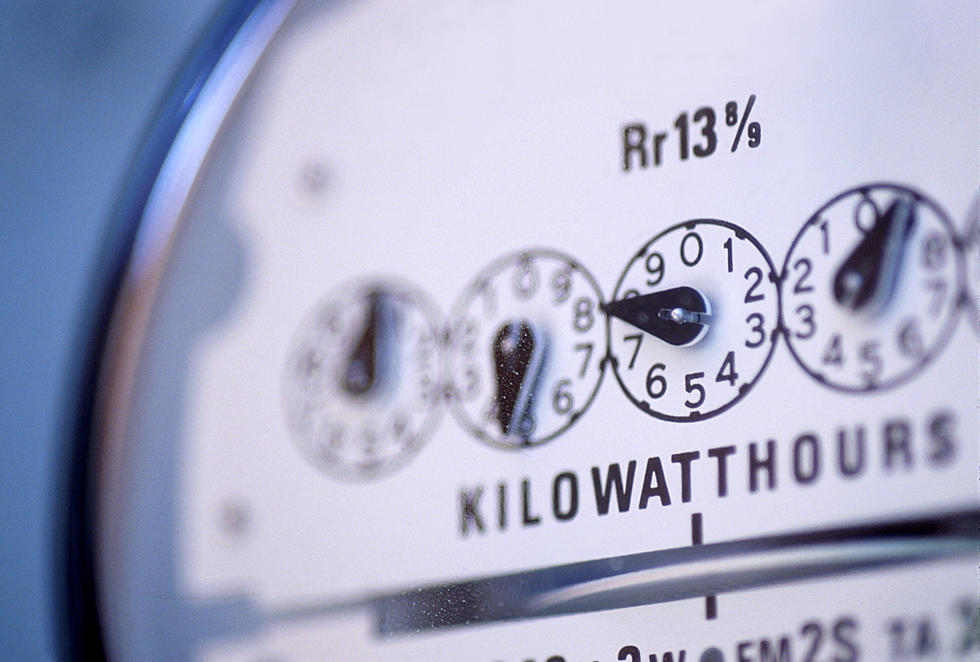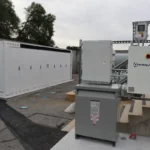In November of 2019, Pacific Gas & Electric (PG&E) first implemented their new suite of “B” rates on a voluntary opt-in basis, which we summarized in ablog post last year. In March of 2021, PG&E’s B rates became mandatory for all commercial and industrial (C&I) customers in PG&E’s service territory who are not eligible for grandfathering protections. The new B rates mimic the general structure of PG&E’s long-standing A and E rates (e.g. A-10 and E-19), with the exception of two significant differences: the on-peak period is shifting to 4-9 pm every day of the year, and the introduction of a 4-month summer season. When the rates were released last year, they were available on a voluntary opt-in basis to existing customers. However new commercial customers during the voluntary period (Nov 2019 – Feb 2021) were immediately placed on one of the B rates and did not have the option of switching back to what we now refer to as the “legacy” rate option.
The mandatory transition of existing customers to the new rates was originally planned to begin in November of 2020, which was delayed until March of 2021. The transition in March began by shifting customers that have an interval meter and at least 12-months of hourly usage data available. This means that even customers currently serviced under a non-time-of-use (TOU) rate option will be subject to the initial transition. For customers that do not have an interval meter and a year of interval data, presumably, they will be getting one soon, and then transitioned over once those conditions are met. It is important to note that after the transition is complete there will no longer be an option for C&I customers to be serviced under a non-TOU rate.
Grandfathering Protection Guidelines
While PG&E intends to ultimately transition all C&I customers to their new B rates, certain qualified customers are eligible for grandfathering protections and can remain on the legacy TOU rate options for a period of time. But that said, the deadline to qualify for TOU Grandfathering has already passed, commercial customers must have submitted their initial interconnection application by 1/31/17 (private sector) or 12/31/17 (public sector).
Qualified customers are eligible to remain under a legacy rate option for 10 years after their PTO issuance. The 10-year duration cannot continue beyond 12/31/2027 for public schools or 7/31/2027 for all other commercial customers. It is important to note that the grandfathering benefit only pertains to the TOU periods, customers will be subject to all other changes that may occur (e.g., increase in charges).
New Rates Explained
The B rates that customers will be transitioned to consist of B-1, B-6, B-10, B-19, and B-20. Within some of these rates are more granular rate options, such as the well-known “Option R”. PG&E has also recently introduced a new Option ST (B-1) and Option S (B-19/B-20). Below are the biggest takeaways from their new rates:
- 4-month summer season (June – September); previously it had been 6-months (May – October).
- The “On-peak” period is shifting to the evening hours of 4-9 pm; previously it was noon-6 pm.
- “On-peak” period now 7-days a week, year-round; previously it had been Mon – Fri only and was 8:30 am – 9:30 pm during the Winter season.
- Super off-peak period of 9am – 2 pm implemented during March – May.
B-1 Option ST
- Pilot rate option that is advantageous for energy storage customers.
- Has a cap of 15,000 participants.
- Demand charge assessed from 2-11 pm.
- Higher peak energy charges.
- Winter partial-peak energy charge assessed 2-4 pm and 9-11 pm every day.
B-19/B-20 Option S
- Daily demand charge rate that is available to storage customers with a system that has a rated capacity of at least 10% of the customer’s peak load.
- Cap will be considered reached when the MW value hits 50 MW per rate (separate for B-19 and B-20). Current enrollment can be trackedhere.
- The summer season has a standard max demand charge and an additional max demand charge assessed for all hours except 9 am – 2 pm. Also, daily demand charges are assessed during the on-peak and part-peak periods.
- The Winter season has a standard max demand charge and an additional max demand charge assessed for all hours except 9 am – 2 pm. Also, a daily demand charge is assessed during the peak period.
- Higher energy charges than standard B-19 and B-20 rates. The summer peak energy charge is more than double that of the standard rates.
Updates in Energy Toolbase
The B rates were added to our global database in November of 2019 when they became available on a voluntary basis. We have since updated the rates several times as PG&E has published rate updates. We have also updated the B rates for several Community Choice Aggregation (CCA) utilities in Northern California, such as MCE Community Choice Energy, Sonoma Clean Power, and East Bay Clean Energy. With our database being user-driven, if a utility or rate is not available it more than likely just means that it has yet to be requested. To submit a request simply send an email toutilityraterequest@energytoolbase.com and a member of our Data Team will be in touch.
An upcoming release of ETB Developer will enable us to accommodate new rate structures, including the ability to model daily demand charges (B-19/B-20 Option S) and additional variable time periods (B-1 Option ST). Stay tuned for announcements on the timing of our upcoming releases.
Links
- PG&E implementing new ‘B’ rates on November 1, 2019 (ETB blog)
- A Guide to Grandfathering Protections for Solar Customers (ETB blog)
Check out our recent webinar on PG&E’s New B Rates:



